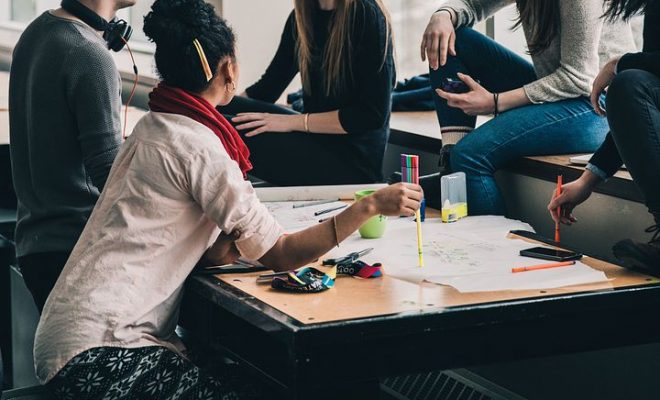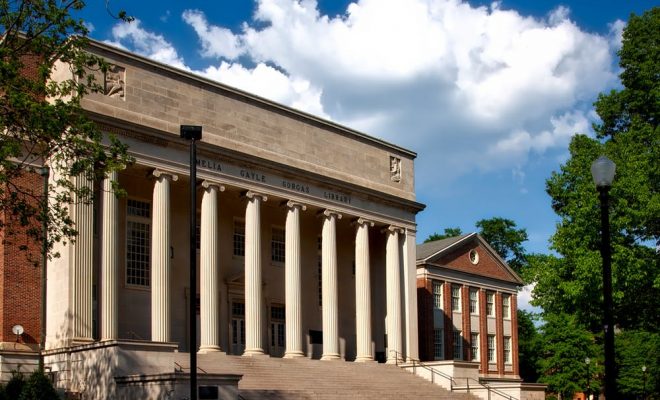How I Would Transform Public Education

Over the years, the workforce has become increasingly competitive. These days it is difficult to get employed without at least a high school diploma. While the economy has evolved over the last few decades, the education system has remained pretty much the same. Although there has been some level of inclusivity, this system was designed to serve the needs of the majority. Unfortunately, various aspects of this system have not changed.
Public education in America aims to provide equal opportunities for young learners from all walks of life. However, there are differences in the allocation of school programs between the wealthier school districts and those found in areas that do not have access to similar resources. These differences are evident in the rates of completion and transition to college. Moreover, there are far-reaching consequences which include the widening wage gap due to limited opportunities for less fortunate learners.
Transforming the public education system is a long-term process. Essentially, the process demands carefully thought-out decisions, dedication, and active involvement of all the stakeholders. It starts by addressing some of the challenges public schools are facing.
Some of the major trials plaguing public schools include rising insecurity, student poverty, and inadequate resources. Other challenges include overcrowding, student mental wellness, the negative impact of standardized testing, teacher tenure as well as curriculum issues.
I believe one of the most urgent issues is safety and security in public schools. Incidences of mass shootings and gun violence have painted public schools in a bad light. Security in schools is largely a community effort as well as a policy issue.
It is, however, important to be careful and on the lookout for any potentially violent behavior or situation. It does not help to search students and staff for weapons, but something drastic has to be done for safer schools. It is impossible to drive any significant change where people feel unsafe. Schools need to be safe havens for learners’ and parents’ peace of mind.
The emphasis on test scores as an indicator of student academic abilities and progress is becoming more irrelevant by the day. It locks out a lot of bright individuals and renders poorly performing students as incompetent, a rather unfair assessment if you ask me.
We are fortunate to live in a time where school dropouts and “academic weaklings” have achieved great strides in life and made a name for themselves. This should be more than enough to seek better and more inclusive alternatives to the letter grade system. Extra-curricular activities should also be treated with as much seriousness as academics.
Student mental welfare has become an emerging positive trend in today’s education sector. We have become more aware of the implications of mental health issues on the quality of life, and this includes school performance. Fortunately, schools are increasingly making provisions for students that need help. Still, there is much to be done in terms of inclusion and teacher training. Students should be made aware as well as taught values, such as empathy and kindness, which will help in dealing with peers that exhibit possible mental health challenges.
Teacher tenure is meant to protect the teacher from unfair dismissal. While this is a well-intended approach, teachers need to earn the right to maintain their respective positions. Teaching methods should also meet the relevant student and career demands of today. Teaching the same curriculum in the same way as decades ago is setting students back. The system needs to be at par with technology and the dynamics of today’s society.






